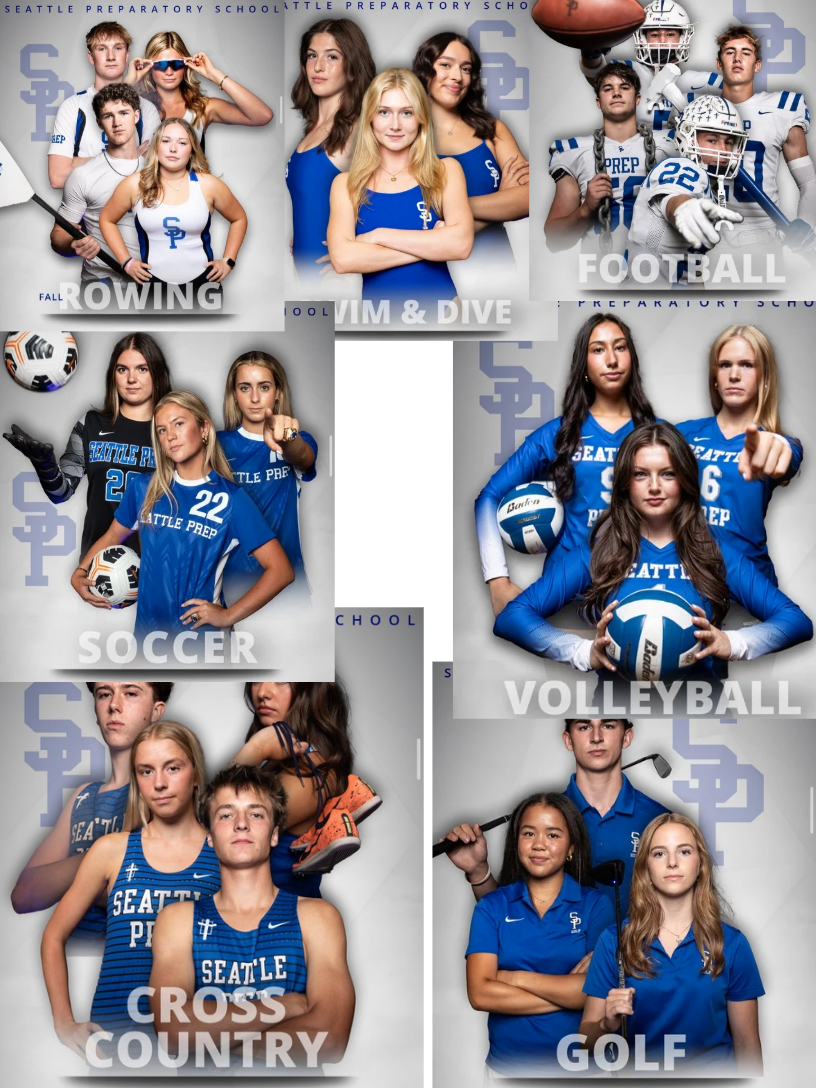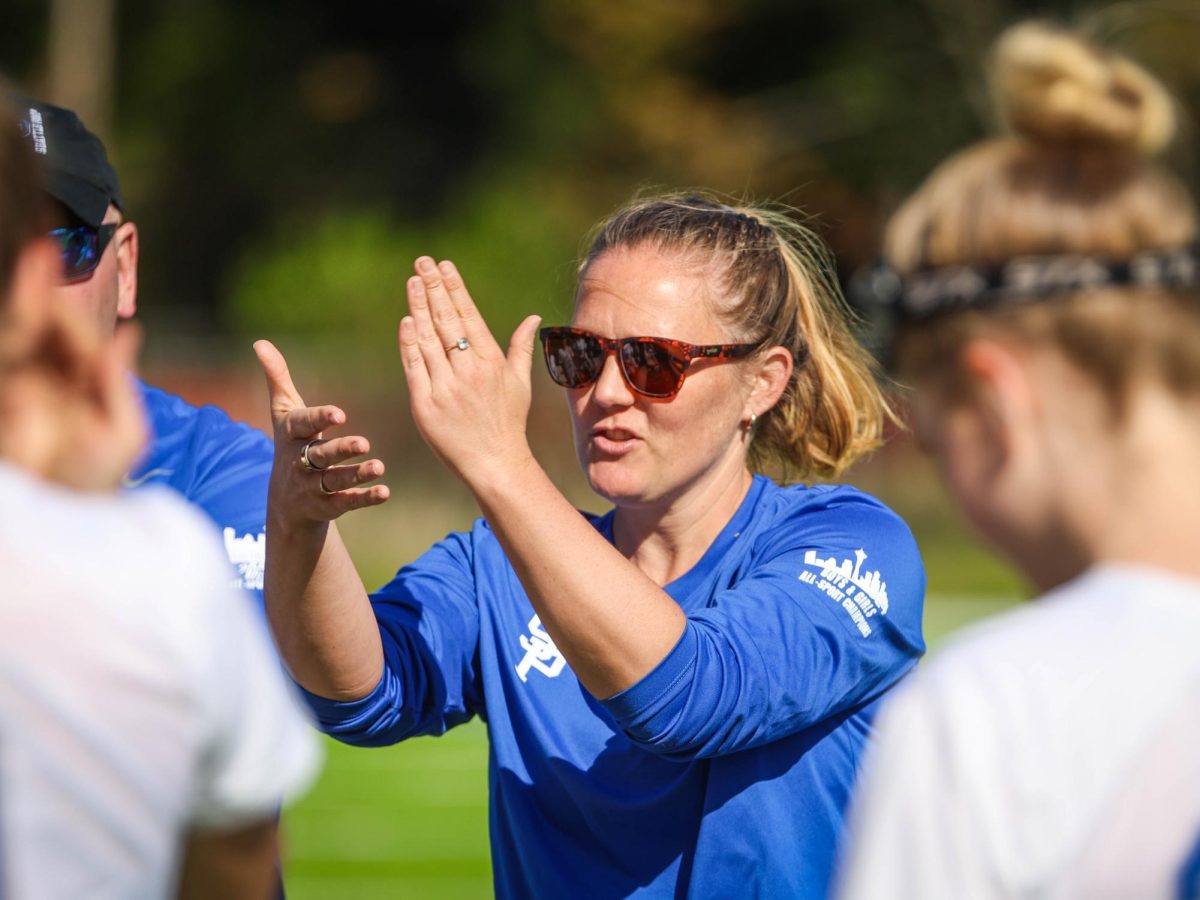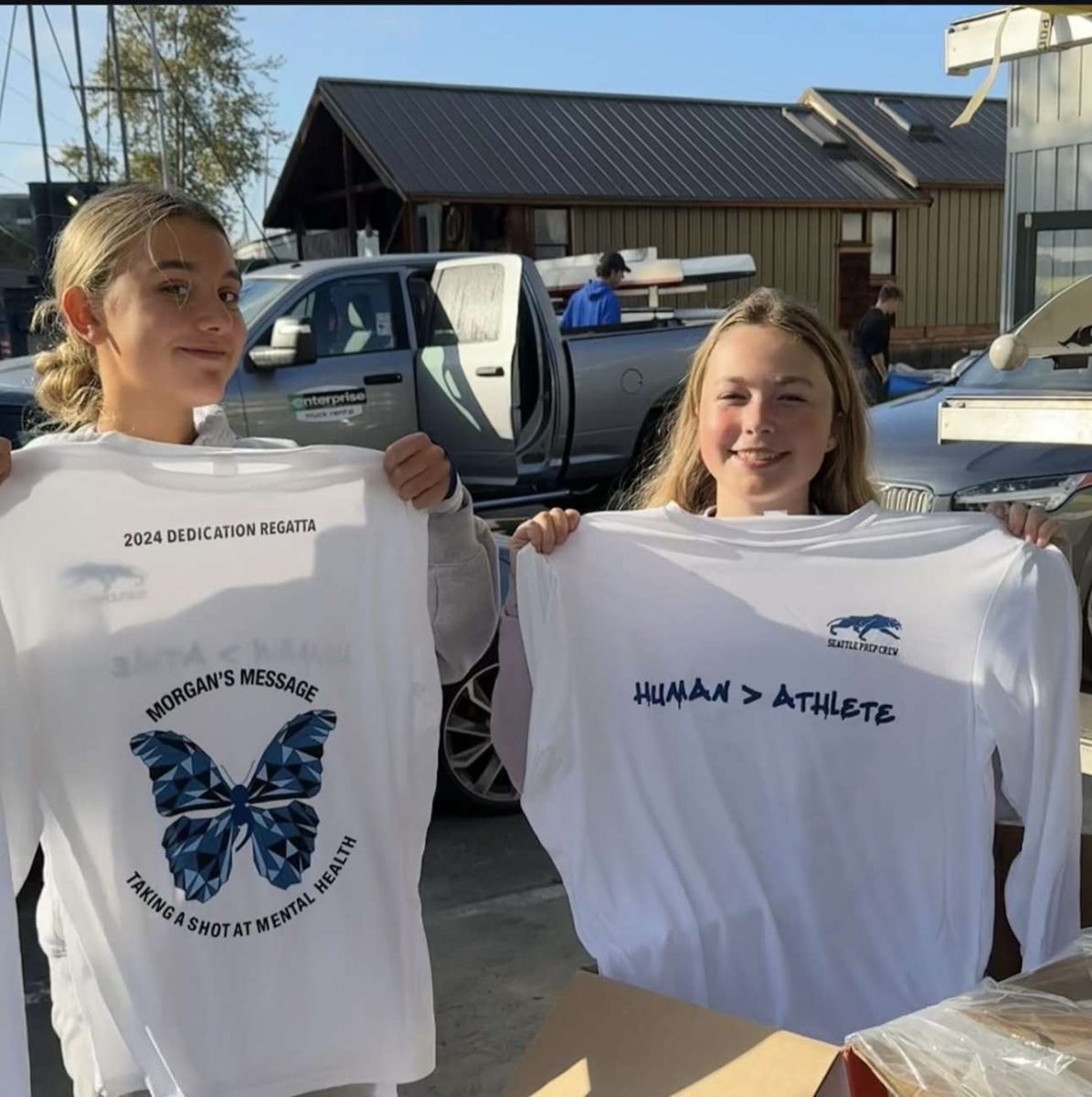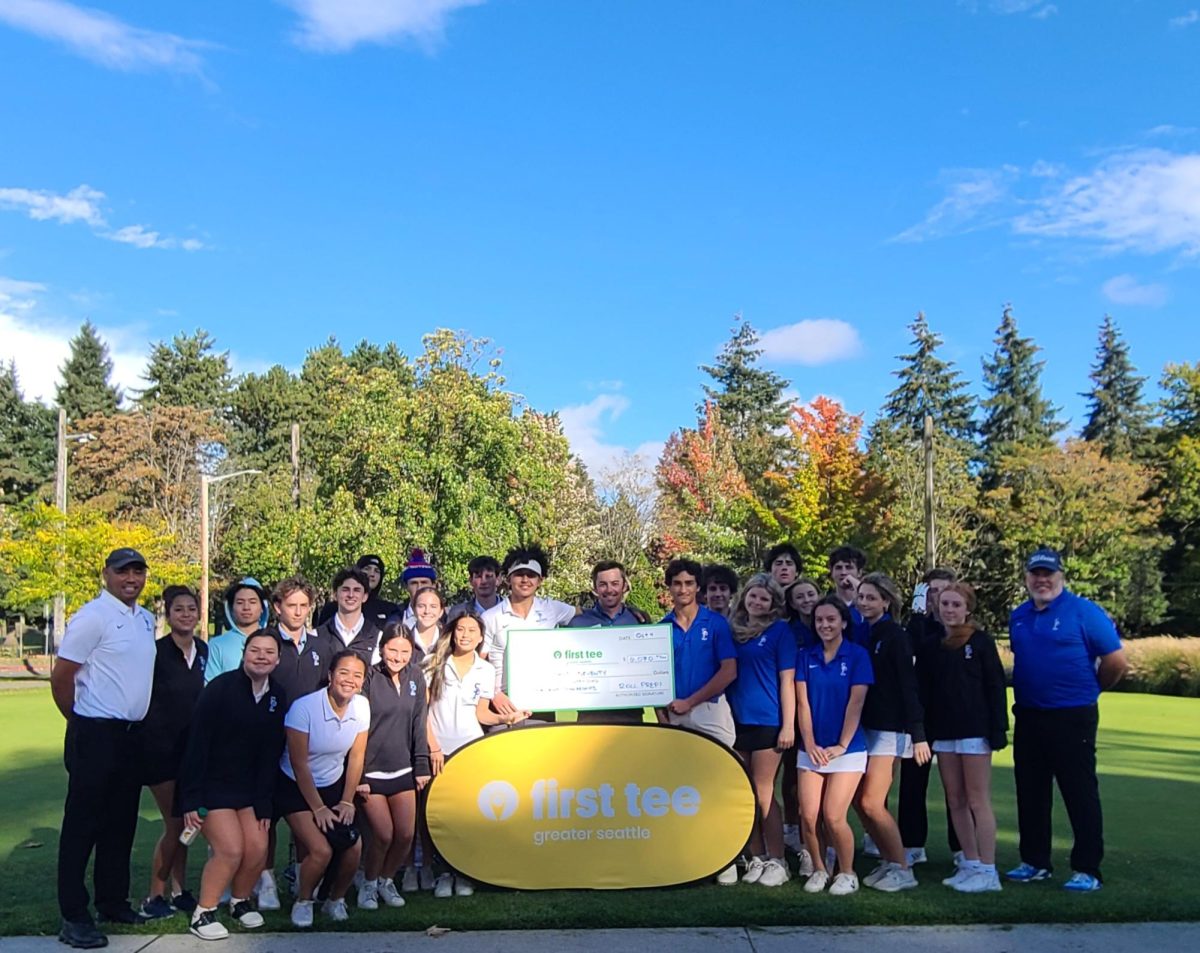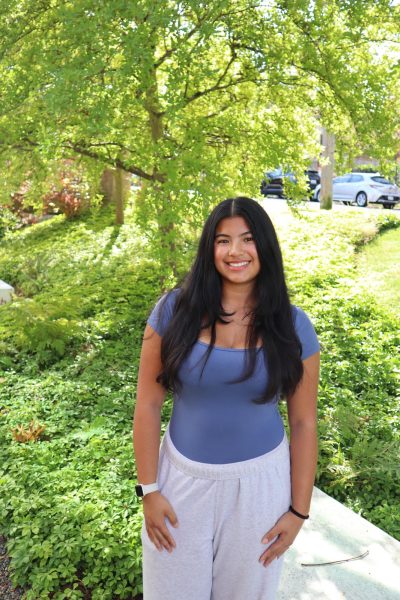Between 1 and 3 million people in America visit the emergency room every year due to concussions. In addition, many still go unreported because often, people do not know the signs of a concussion. Spotting the signs of a concussion can also be difficult as symptoms can appear 24 to 48 hours after the initial concussion.
Andrew Carlson has been part of the Seattle Prep community for 3 years. He has seen anywhere from 35 to 70 concussions a year since he joined the community and became the athletic trainer. This not only includes Prep student athletes, but also students who participate in club sports or students who get into skiing accidents and even car accidents.
Sports like soccer, lacrosse, and football are sports seen as the highest risk for concussion. The fall season is where the athletic department sees the most concussions in the Prep sports community with girls’ soccer and football in full swing.
Concussions are determined by using a series of small tests to observe your brain function. There are tests such as jogging, walking in a straight line, or memorizing words. Determining a concussion can be hard, especially during a game. Athletes can get nervous or jittery when performing the small tests when they are high on adrenaline.
The severity of a concussion varies from person to person, with many experiencing more severe symptoms or more mild symptoms.
Carlson said, “when I was in college, we would grade it as a 1, 2, or 3 concussion. Now everything’s considered a concussion, and it’s based on the severity of your symptoms.” Treating concussions has changed over the years, since not everyone’s brains are the same and not everyone will experience the same symptoms or the same duration.
“It’s usually 19 to 21 days. Some are faster and some are longer. We had a football kid and a basketball kid miss 2-3 months last year for concussion-like symptoms and we’ve had kids come back after 10-15 days. So, everyone’s a little different,.” said Carlson.
Prep’s unique Return-To-Learn and Return-To-Play protocols prioritize student safety and student comfortability when entering back into the classroom and sports environment. The Return-To-Play protocol starts when the student is symptom-free for at least 24 hours. It begins with a light exercise, then you eventually begin to do more sport-specific exercises. Soon players are able to return to a no-contact practice, then they are able to begin contact practice again with the eventual return to full, unregulated practices.
The Return-To-Learn protocol is focused on prioritizing resting the brain for optimal healing. It is facilitated by the athletic training department, the LRC, and the concussion management team. Taking tests or quizzes and working on an essay or project is not allowed within the first 48 hour period of brain rest. For the next three weeks students will have a modified work and study load in order to make sure that the brain heals properly. Taking a test or a quiz during the healing process can cause symptoms to become worse and affect scores.
Though Seattle Prep loves to win and is passionate to give it their all for sports, the number one priority is to make sure every student is cared for. Caring for students is an important community-wide process that shows how connected Seattle Prep is and how they are men and women for others.


